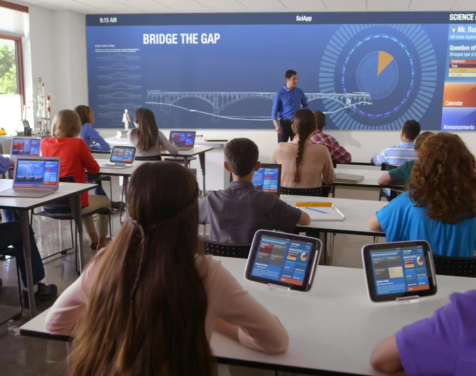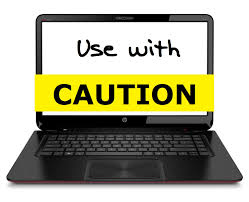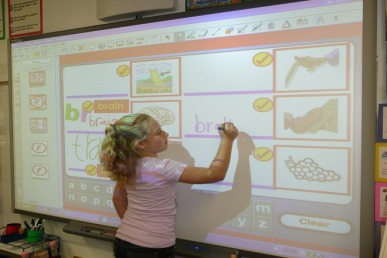- Expectations– The teacher communicates high expectations for student learning.
1.2 Communicating with Students
Teacher’s explanation of content is appropriate and connects with students’ knowledge and experience
Teachers can enhance the learning content by using a number of different resources in order to make the learning more culturally relevant and understandable. When students can connect the content to a personal experience, the content becomes meaningful and deeper learning occurs. Students are able to fill in the gaps of understanding with the background knowledge that they have experienced. Learning is then relevant and students become more motivated to explore the content further.
Teachers must learn about his/her students’ backgrounds, cultures, interests, and experiences in order to make the content appropriate and connect it to students’ knowledge and experiences. Campbell (2008) states that, “Students, of any age, bring beliefs and life and academic experiences to the classroom that influence what and how they learn. Teachers can learn about his/her students by spending time to get to know the student personally. My mentor teacher and I have the opportunity to get to know our students before the first day of school. We meet with the families and the student to learn about them, their interests, their culture, their families, and their excitements and/or worries about kindergarten. My mentor teacher and I record the information in a packet and hold on to it for the entire year. We intentionally look for ways to connect with our students throughout the year, as well. Every Monday morning we check in with our students during a class meeting. We ask if anyone did anything exciting over the weekend, what books they read, or if they experienced any of their learning in real life. This gives us a chance to hear from our students. We have noticed that a large number of our students are Seattle Seahawks fans. Knowing this, we try to incorporate the Seattle Seahawks into our math problem of the day or into a quick write. Our students have also expressed interest in candy and sweets.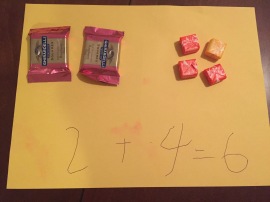 My mentor teacher and I have incorporated Skittles, M&Ms, Oreos, chocolate, Starbursts, and cereal into “Munch, Munch, Math” during our addition and subtraction math units. Last, we have intentionally incorporated culture and family traditions into our writing unit. We have asked our students to share a narrative story about one of their favorite holidays that they share with their family. We used narrative exemplars from a Vietnamese author and from a Hispanic author. I also shared an exemplar narrative about my favorite holiday that I share with my family. These exemplars connected with our students’ knowledge and experiences because all of them have experienced a holiday that they have shared with their family. This learning activity was approached by our students with great motivation and in turn, great results.
My mentor teacher and I have incorporated Skittles, M&Ms, Oreos, chocolate, Starbursts, and cereal into “Munch, Munch, Math” during our addition and subtraction math units. Last, we have intentionally incorporated culture and family traditions into our writing unit. We have asked our students to share a narrative story about one of their favorite holidays that they share with their family. We used narrative exemplars from a Vietnamese author and from a Hispanic author. I also shared an exemplar narrative about my favorite holiday that I share with my family. These exemplars connected with our students’ knowledge and experiences because all of them have experienced a holiday that they have shared with their family. This learning activity was approached by our students with great motivation and in turn, great results.

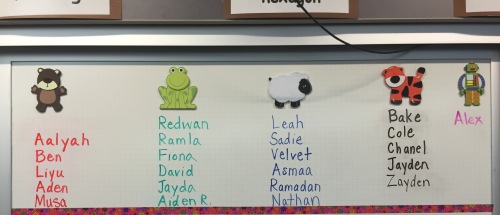 Groups are created at the beginning of the year based on the students’ performance on a formalized kindergarten assessment. The parts of the kindergarten assessment that we use to make the reading groups are the sections where we assess students’ knowledge on letter identification, letter sounds, segmenting, blending, and rhyming. These areas provide information about each student’s prior knowledge and exposure to reading. Students may be switched to a different reading group depending on their progress throughout the year. In February, students are formally reassessed using the Fountas & Pinnell assessment. This data informs teacher about which students need to be in a different group and what specific areas our readers are struggling with.
Groups are created at the beginning of the year based on the students’ performance on a formalized kindergarten assessment. The parts of the kindergarten assessment that we use to make the reading groups are the sections where we assess students’ knowledge on letter identification, letter sounds, segmenting, blending, and rhyming. These areas provide information about each student’s prior knowledge and exposure to reading. Students may be switched to a different reading group depending on their progress throughout the year. In February, students are formally reassessed using the Fountas & Pinnell assessment. This data informs teacher about which students need to be in a different group and what specific areas our readers are struggling with.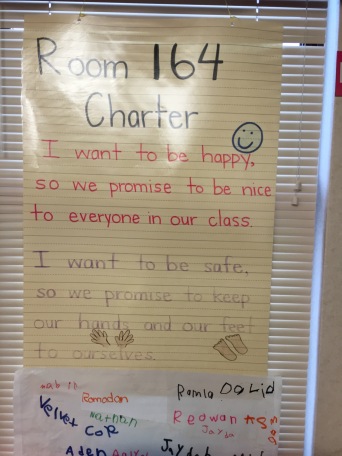
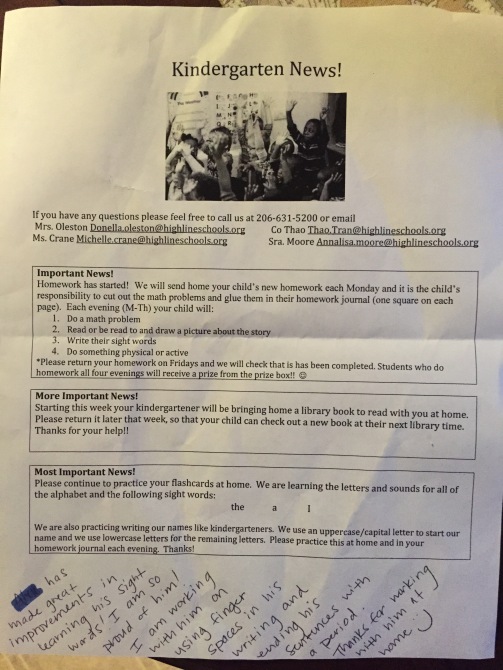
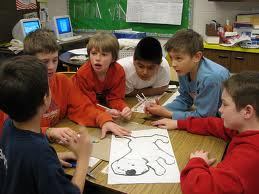 earning (Ernst & Ryan, 2014, p. 17). During the learning activities students are grouped into ability levels. In a math lesson, I will pair or group high-performing students with benchmark students, and benchmark students with students who need more support. This way peer teaching and learning can occur. In reading, I pair and group students of the same ability. This way students are given equal opportunity to learn with each other and provides efficiency when I am trying to meet with the most students in a small amount of time. I focus my time with the students who need my scaffolding and support, and allow the proficient students independently engage in the learning that is necessary for their needs and growth.
earning (Ernst & Ryan, 2014, p. 17). During the learning activities students are grouped into ability levels. In a math lesson, I will pair or group high-performing students with benchmark students, and benchmark students with students who need more support. This way peer teaching and learning can occur. In reading, I pair and group students of the same ability. This way students are given equal opportunity to learn with each other and provides efficiency when I am trying to meet with the most students in a small amount of time. I focus my time with the students who need my scaffolding and support, and allow the proficient students independently engage in the learning that is necessary for their needs and growth.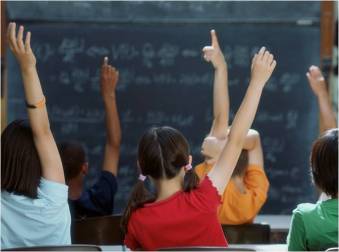 Most of the teacher’s questions are of high quality. Adequate time is provided for students to respond.
Most of the teacher’s questions are of high quality. Adequate time is provided for students to respond.